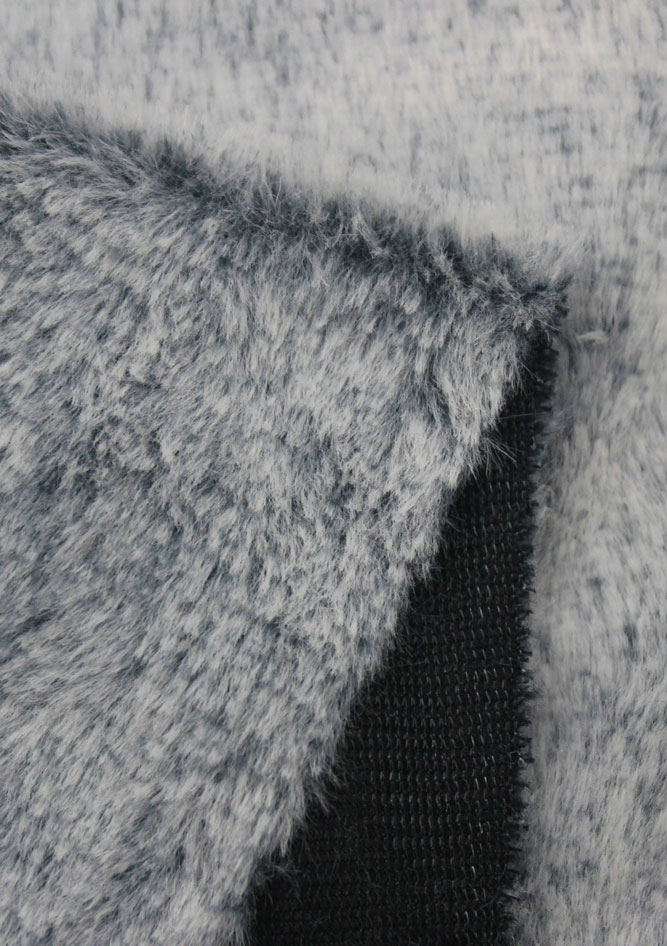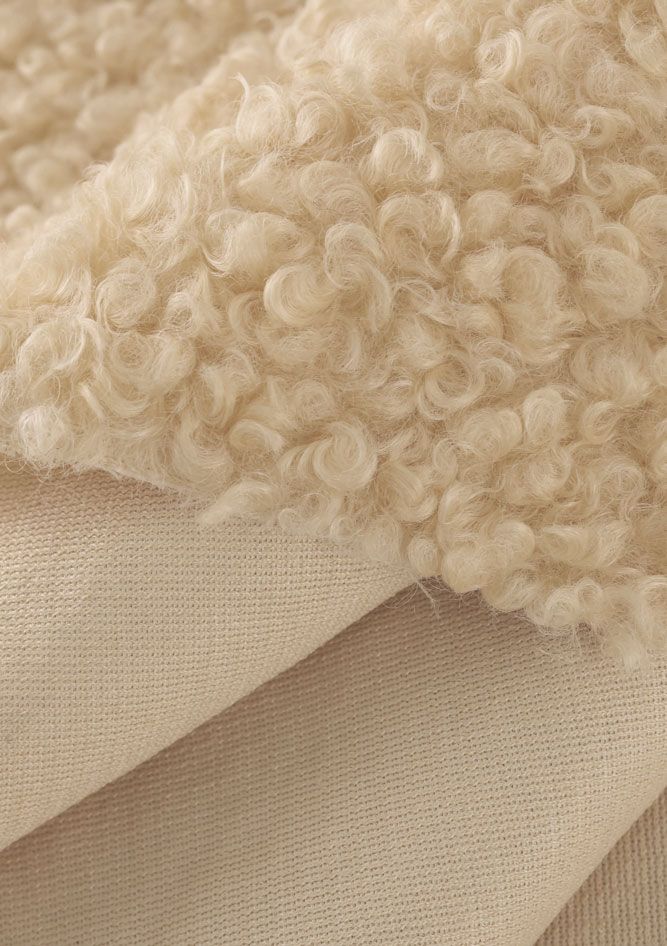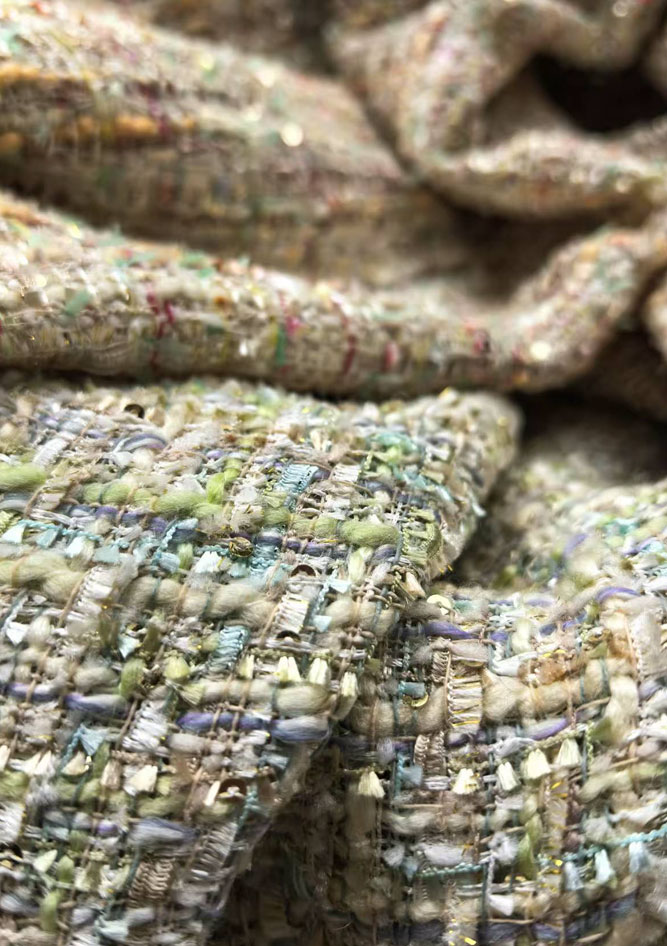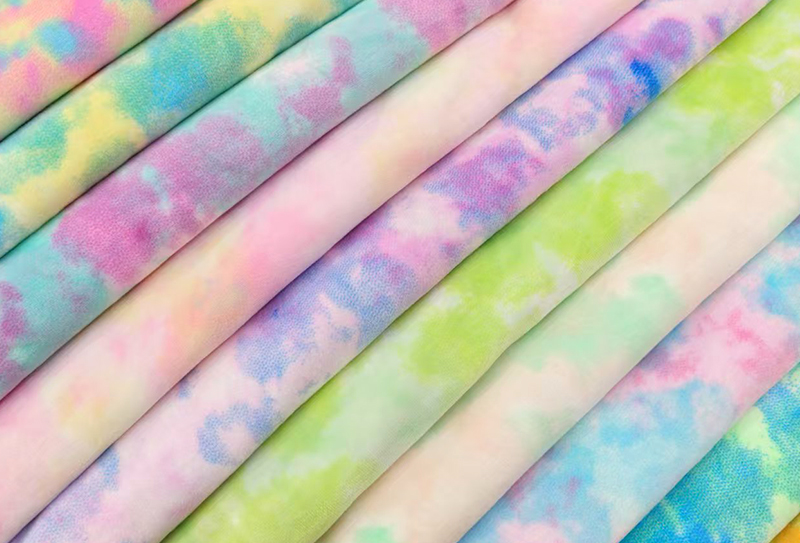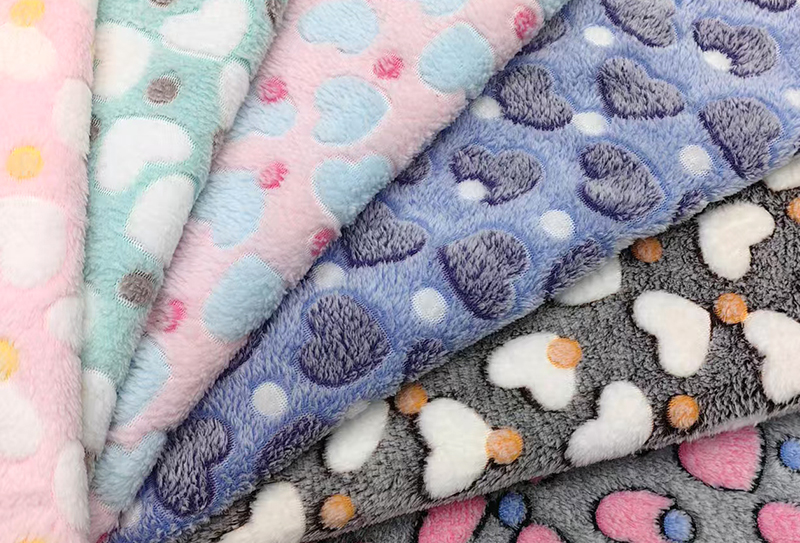The Rise of Conscious Consumerism in Fashion The fashion industry is undergoing a profound transformation as consumers increasingly prioritize ethical considerations in their purchasing decisions. This shift toward conscious consumerism has created an unprecedented demand for sustainable alternatives that don't comprom...
READ MOREOur Collections
Short Plush Fabric Manufacturers
Short Plush Fabric
-
-
Understanding Short Plush Fabric and Its Key Characteristics Short plush fabric represents a specialized category within the broader plush textile family, characterized by its shorter pile height and distinct performance attributes. Unlike traditional plush fabrics that often feature longer, more luxurious fibers, shor...
READ MORE -
Unveiling the Unique Texture of Curly Particles Plush Fabric The world of textile innovation is continually evolving, introducing materials that redefine our expectations of comfort and style. Among these advancements, Curly Particles Plush Fabric has emerged as a standout, captivating designers and consumers alike wit...
READ MORE
Understanding Short Plush Fabric: Materials, Manufacturing, and Applications
Short plush fabric is a type of textile known for its soft, dense pile and smooth texture. It is widely used in apparel, toys, home textiles, and accessories due to its luxurious feel and versatile applications. The fabric is typically made from synthetic fibers such as polyester or a blend of polyester and cotton, which ensures durability, color retention, and ease of maintenance.
Materials and Composition
The main materials used in short plush fabric include:
- Polyester: Provides strength, wrinkle resistance, and vibrant color retention.
- Polyester-Cotton Blends: Offers a balance of softness, durability, and breathability.
- Faux Fur Variants: Mimic natural fur while being animal-friendly and cost-effective.
Manufacturing Process
Short plush fabric undergoes several key processes to achieve its characteristic texture:
- Weaving or Knitting: Base fabric is created using weaving or knitting techniques for stability.
- Brushing: Fibers are brushed to create a soft and even pile.
- Dyeing and Finishing: The fabric is dyed in plain or patterned colors, and additional finishes like embossing or foil can be applied.
Applications
Due to its soft handfeel and aesthetic appeal, short plush fabric is commonly applied in:
- Apparel: Jackets, hoodies, loungewear, and children's clothing.
- Toys: Stuffed animals, dolls, and decorative plush items.
- Home Textiles: Blankets, cushions, throws, and upholstery.
- Specialty Products: Accessories, bags, and seasonal decorations.
Key Features
| Feature | Description |
|---|---|
| Softness | Short plush fabric has a smooth and gentle texture, making it ideal for direct skin contact. |
| Durability | Made with high-quality synthetic fibers to ensure long-lasting performance. |
| Versatility | Can be produced in plain, printed, embossed, or embroidered variations. |
| Ease of Care | Resistant to wrinkles, shrinking, and fading when properly maintained. |
About Zhejiang Shaoxing Wanyi Textile Technology Co., Ltd
Zhejiang Shaoxing Wanyi Textile Technology Co., Ltd, established in 2019 and located on the 1st floor of Zone 1, Keqiao North Link Market — Asia’s largest textile trading center, is a leading supplier and wholesale manufacturer of short plush fabrics. The company integrates fabric design, production, and sales, focusing on plain colors, PV velvet, faux fur, foil, embroidery, brushing, and other plush fabric processes. With a strong emphasis on quality, price advantage, sustainability, and customer-first service, Wanyi has become a trusted partner for overseas markets including the United States, Russia, India, and Europe.
By collaborating with carefully selected factories, Zhejiang Shaoxing Wanyi Textile Technology Co., Ltd helps clients enhance market competitiveness while promoting sustainable textile practices. Its mission is to provide a platform for value creation for every employee and contribute to green textile technology, aiming to become a global leader in plush fabrics.
Comparing Short Plush Fabric with Other Plush Types: Benefits and Limitations
Plush fabrics are a diverse category of textiles characterized by their soft pile, tactile comfort, and aesthetic appeal. Among these, short plush fabric stands out for its dense, smooth, and even surface, making it ideal for a wide range of applications, including apparel, toys, home textiles, and accessories. To understand its unique value, it is helpful to compare short plush with other common plush types such as long plush, faux fur, and PV velvet.
Types of Plush Fabrics
- Short Plush: Features a pile height typically between 2–5 mm, providing a soft, velvety feel while maintaining durability and structure.
- Long Plush: Has longer fibers, generally 10–20 mm, creating a more fluffy and luxurious appearance but requiring more maintenance.
- Faux Fur: Mimics the look and feel of natural fur. Pile length varies widely and is used in high-end apparel and decorative products.
- PV Velvet: A smooth and shiny fabric with a dense structure, commonly applied in home textiles and luxury fashion items.
Benefits and Limitations
| Plush Type | Benefits | Limitations |
|---|---|---|
| Short Plush | Soft, smooth, and comfortable; durable and easy to maintain; cost-effective; versatile across different applications. | Less fluffy and luxurious than long plush; may have limited decorative appeal for premium products. |
| Long Plush | Luxurious and highly tactile; ideal for toys and decorative items that require visual and tactile impact. | Higher cost; fibers may shed; requires careful maintenance to preserve texture. |
| Faux Fur | Animal-friendly alternative; visually realistic; available in varied textures and colors. | Can be heavy; may require special cleaning methods; pile can mat or flatten over time. |
| PV Velvet | Shiny, elegant appearance; smooth handfeel; suitable for luxury garments and high-end home textiles. | Less flexible; shows wear over time; generally more expensive than short plush. |
Applications Comparison
The different plush types suit distinct applications based on their texture, pile length, and durability:
- Short Plush: Apparel such as jackets, hoodies, and loungewear; stuffed toys; blankets, cushions, and small home décor items; accessories like bags and slippers.
- Long Plush: Decorative toys and plush animals; high-end blankets and throws; luxury cushions and upholstery.
- Faux Fur: Coats, jackets, fashion accessories; home décor accents such as rugs and cushions; specialty crafts and seasonal products.
- PV Velvet: Luxury garments and formalwear; curtains, upholstery, and premium home textile products.
Industry Trends
Short plush fabric is increasingly favored in global markets for several reasons:
- Sustainability: Many manufacturers are adopting eco-friendly fibers and dyes to reduce environmental impact.
- Customization: Advances in dyeing, embossing, and printing allow diverse textures and patterns on short plush fabrics.
- Cost-Effectiveness: Short plush provides a balance between quality, feel, and price, making it attractive to large-scale apparel and toy manufacturers.
- Export Potential: High demand in overseas markets such as the United States, Russia, India, and Europe encourages manufacturers to maintain consistent quality and supply.

 English
English 中文简体
中文简体